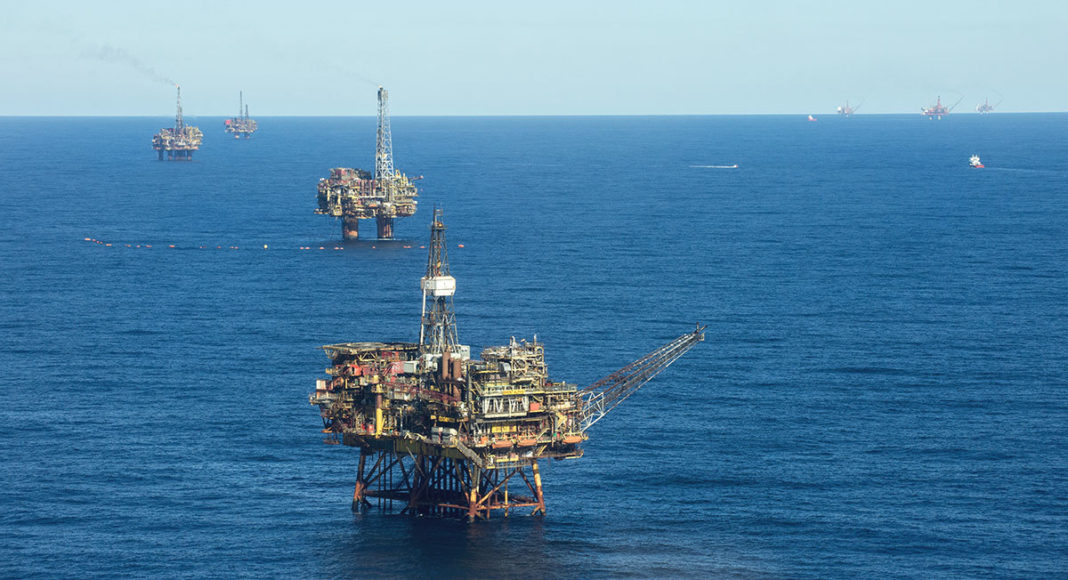A world on a 2-degree pathway could significantly reduce upstream gas investments by 65% through to 2040, says Wood Mackenzie. The company’s base case outlook projects some 200 billion barrels of oil equivalent (bnboe) of new gas resource developments are needed to meet demand through to 2040. This comes as one Guyanese Economist has said the new oil producing country has great potential to become a world supplier of natural gas.
According to WoodMac, major contributors of natural gas include Qatar with its additional LNG mega trains, and the US, Russia, and China. Also known as the ‘Big 4’, these countries combined, currently account for almost half of global gas supply. The ‘Big 4’ is expected to meet 60% of global gas demand by 2040.
“We estimate almost US$2 trillion of capital is needed to deliver this growth in supply,” said WoodMac Asia Pacific Vice President Gavin Thompson. “However, a 2-degree demand scenario dramatically alters this outlook, with future supply requiring a more modest, though still considerable, US$700 billion of new investment as global gas demand peaks earlier.
“Sustainable investment is booming and investor activism on carbon has gone mainstream as more fund managers embrace ESG screening. This increasing scrutiny of gas ’carbon intensity is shaping investment decisions on future supply.”
Guyanese Economist, Bobby Gossai Jr. has said he believes the South American country can become a world supplier of LNG in the coming years, given the vast hydrocarbon resources US oil major ExxonMobil has found offshore and the growing demand for gas, as economies wean themselves off of fossil fuels.
According to Gossai Jr., Guyana has the potential to add to its energy mix as well, with the development of hydroelectric projects. “The energy outlook for Guyana as a supplier could be significant with the development of both hydrocarbons and renewable energy sources,” he said.
WoodMac said although gas’ low carbon intensity on burning makes it the cleanest hydrocarbon, LNG ranks amongst the most emission-intensive resource themes across the upstream sector. Significant emissions are released through the combustion of gas to drive the liquefaction process and any CO2 removed prior to entering the plant is often vented into the atmosphere.
WoodMac’s Senior Analyst, David Low said: “If we look at methane emissions, shale gas is immediately put under spotlight. With a carbon intensity at around 34 times that of CO2, the release of methane including intentional venting and unintentional fugitive emissions into the atmosphere, is of rising concern to investors.”
“However, the variable quality of methane emissions reporting, particularly for fugitive emissions, makes reporting challenging.”
Wood Mackenzie believes developers and investors need to consider three key areas – investing in sustainability, increasing competitiveness, and embracing new sources of capital.




